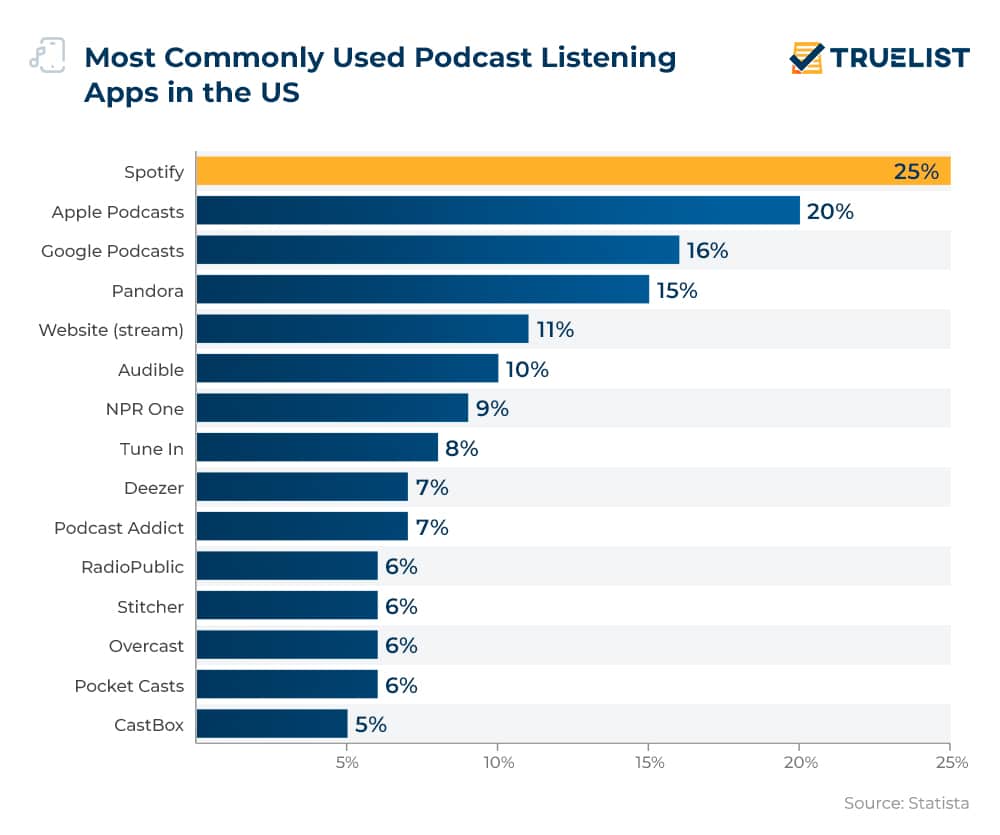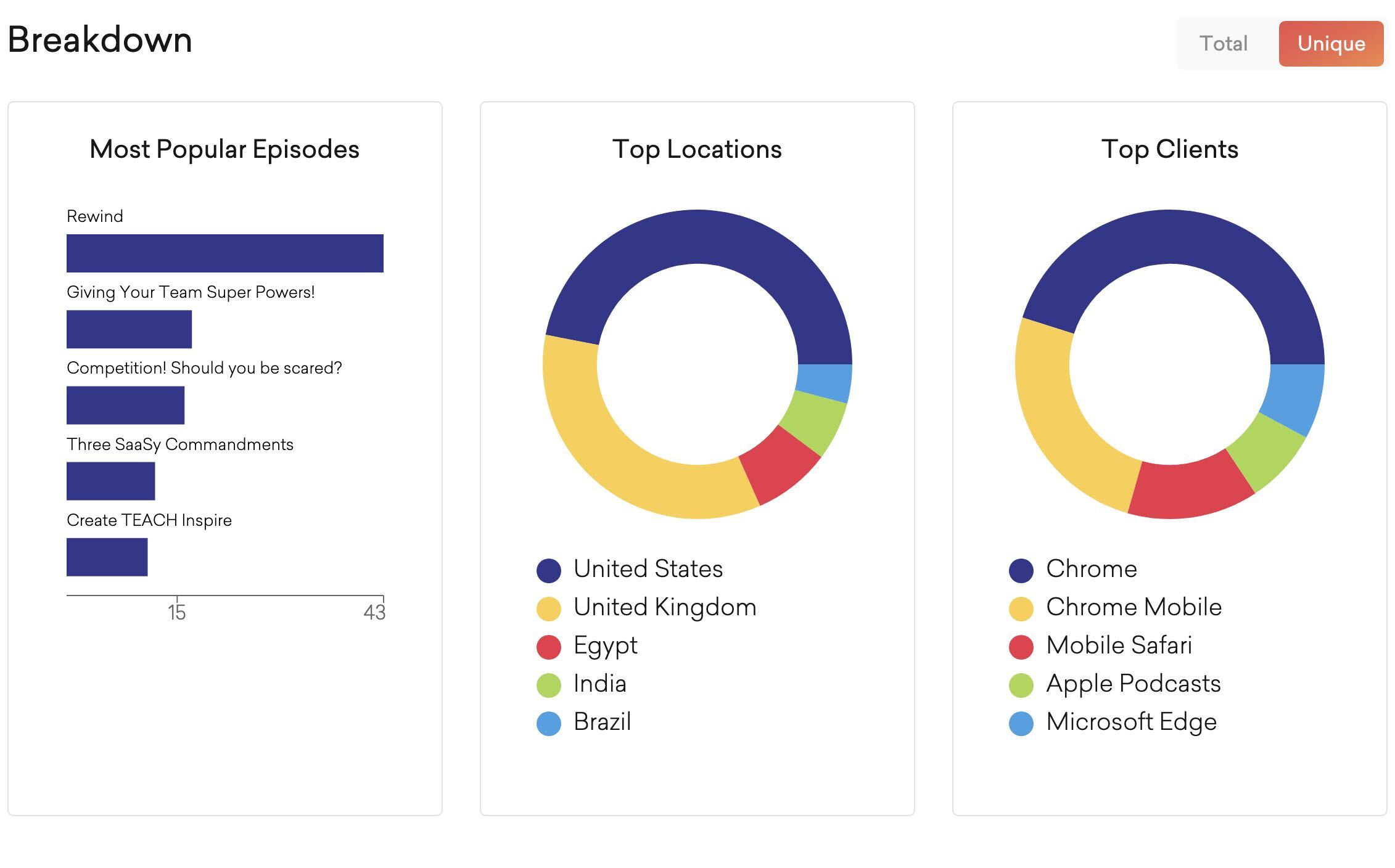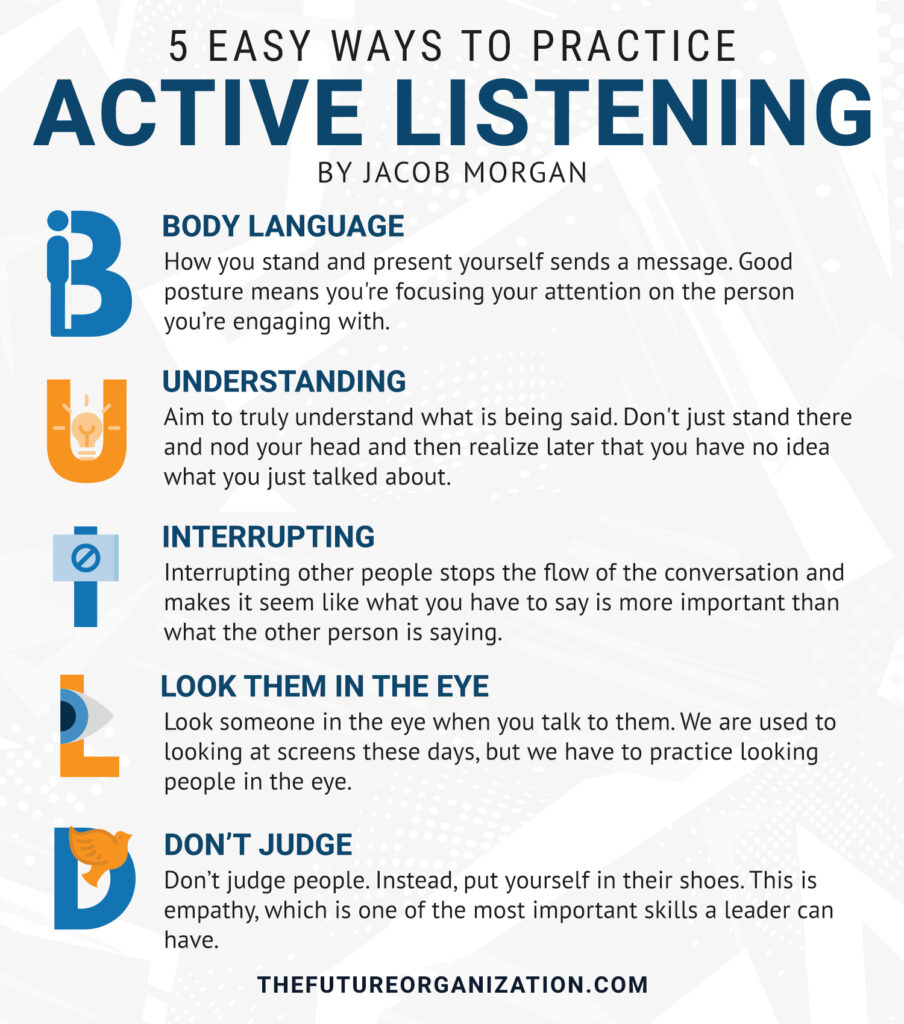Methods for Measuring Podcast Listenership
When it comes to measuring podcast listenership, there are several methods to choose from, each with its own strengths and limitations. Understanding these methods is crucial for podcasters who want to accurately track their audience and make informed decisions about their content and marketing strategies. In this section, we’ll explore the different methods for measuring podcast listenership, including server-based analytics, client-side analytics, and third-party services.
Server-based analytics is a popular method for tracking podcast listenership. This approach involves tracking the number of requests made to a podcast’s server, which can provide valuable insights into the number of listeners and their behavior. Server-based analytics tools, such as Podtrac and Chartable, can provide detailed information about listener demographics, engagement, and growth. However, this approach has its limitations, as it may not accurately track listeners who download episodes directly or listen through third-party apps.
Client-side analytics, on the other hand, involves tracking listener behavior through the use of cookies, JavaScript, or other technologies. This approach can provide more detailed information about listener behavior, such as play rate, completion rate, and engagement. However, client-side analytics may not be as accurate as server-based analytics, as it relies on listeners having JavaScript enabled and cookies accepted.
Third-party services, such as Apple Podcasts Analytics and Spotify for Podcasters, offer a range of analytics tools and metrics for podcasters. These services can provide valuable insights into listener behavior, demographics, and engagement, and can be used to track listenership across multiple platforms. However, these services may have limitations, such as requiring listeners to opt-in to tracking or having limited data on listener demographics.
Ultimately, the choice of method for measuring podcast listenership will depend on the specific needs and goals of the podcaster. By understanding the strengths and limitations of each approach, podcasters can choose the method that best suits their needs and make informed decisions about their content and marketing strategies.
Using Server-Based Analytics for Accurate Listener Data
Server-based analytics is a popular method for tracking podcast listenership, and for good reason. This approach involves tracking the number of requests made to a podcast’s server, which can provide valuable insights into the number of listeners and their behavior. By using server-based analytics, podcasters can gain a better understanding of their audience demographics, engagement, and growth, which can inform content creation, marketing strategies, and monetization efforts.
So, how does server-based analytics work? In simple terms, it involves tracking the number of times a podcast episode is requested from a server. This can be done using a variety of tools and platforms, such as Podtrac and Chartable. These tools can provide detailed information about listener demographics, including age, location, and device type, as well as engagement metrics, such as play rate and completion rate.
One of the benefits of using server-based analytics is that it can provide accurate and reliable data about listener behavior. Unlike client-side analytics, which relies on listeners having JavaScript enabled and cookies accepted, server-based analytics can track listeners regardless of their browser settings. Additionally, server-based analytics can provide more detailed information about listener demographics and engagement, which can be used to improve content and user experience.
However, server-based analytics is not without its limitations. For example, it may not accurately track listeners who download episodes directly or listen through third-party apps. Additionally, server-based analytics may not provide real-time data, which can make it difficult to track listener behavior in real-time.
Despite these limitations, server-based analytics remains a popular choice for podcasters who want to track their listenership and gain a better understanding of their audience. By using tools like Podtrac and Chartable, podcasters can gain valuable insights into their listener demographics, engagement, and growth, which can inform content creation, marketing strategies, and monetization efforts.
For podcasters who want to know how to find out how many listeners a podcast has, server-based analytics is a good place to start. By tracking the number of requests made to a podcast’s server, podcasters can gain a better understanding of their audience demographics, engagement, and growth, which can inform content creation, marketing strategies, and monetization efforts.
Client-Side Analytics: Understanding Listener Behavior
Client-side analytics is another approach to tracking podcast listenership, and it involves collecting data from the listener’s device or browser. This approach can provide valuable insights into listener behavior, including metrics such as play rate, completion rate, and engagement. By understanding how listeners interact with a podcast, creators can improve content and user experience, ultimately leading to increased engagement and loyalty.
Client-side analytics typically involves using JavaScript or other technologies to track listener behavior. This can include tracking events such as play, pause, and completion, as well as collecting data on listener demographics and device type. By analyzing this data, podcasters can gain a better understanding of their audience’s preferences and behaviors, which can inform content creation and marketing strategies.
One of the benefits of client-side analytics is that it can provide more detailed information about listener behavior than server-based analytics. For example, client-side analytics can track how listeners interact with a podcast’s website or mobile app, which can provide valuable insights into user experience. Additionally, client-side analytics can provide real-time data, which can help podcasters to quickly identify trends and patterns in listener behavior.
However, client-side analytics also has its limitations. For example, it may not accurately track listeners who have JavaScript disabled or who use ad blockers. Additionally, client-side analytics may not provide accurate data on listener demographics, as listeners may not always provide accurate information about themselves.
Despite these limitations, client-side analytics remains a valuable tool for podcasters who want to understand their audience’s behavior. By combining client-side analytics with server-based analytics, podcasters can gain a more complete understanding of their audience’s demographics, engagement, and growth. This can help podcasters to create more effective content and marketing strategies, ultimately leading to increased engagement and loyalty.
For podcasters who want to know how to find out how many listeners a podcast has, client-side analytics can provide valuable insights into listener behavior. By tracking metrics such as play rate, completion rate, and engagement, podcasters can gain a better understanding of their audience’s preferences and behaviors, which can inform content creation and marketing strategies.
Third-Party Services for Podcast Analytics
Third-party services are another option for podcasters who want to track their listenership and gain insights into their audience’s behavior. These services, such as Apple Podcasts Analytics and Spotify for Podcasters, provide a range of analytics tools and metrics that can help podcasters to understand their audience and make informed decisions about their content and marketing strategies.
One of the benefits of using third-party services for podcast analytics is that they can provide a more comprehensive view of a podcast’s listenership. For example, Apple Podcasts Analytics can provide data on listenership, engagement, and demographics, as well as insights into how listeners interact with a podcast’s content. Similarly, Spotify for Podcasters can provide data on listenership, engagement, and revenue, as well as insights into how listeners interact with a podcast’s content on the Spotify platform.
Another benefit of using third-party services for podcast analytics is that they can provide a more accurate view of a podcast’s listenership. For example, Apple Podcasts Analytics uses a proprietary algorithm to track listenership and engagement, which can provide a more accurate view of a podcast’s audience than other analytics tools. Similarly, Spotify for Podcasters uses a proprietary algorithm to track listenership and engagement, which can provide a more accurate view of a podcast’s audience on the Spotify platform.
However, third-party services for podcast analytics also have some limitations. For example, they may not provide data on listeners who listen to a podcast through other platforms or apps. Additionally, they may not provide data on listeners who have opted out of tracking or who use ad blockers.
Despite these limitations, third-party services for podcast analytics can be a valuable tool for podcasters who want to gain insights into their audience’s behavior. By using these services, podcasters can gain a more comprehensive view of their listenership and make informed decisions about their content and marketing strategies.
For podcasters who want to know how to find out how many listeners a podcast has, third-party services for podcast analytics can provide a more accurate view of a podcast’s listenership. By using these services, podcasters can gain insights into their audience’s behavior and make informed decisions about their content and marketing strategies.
Common Metrics for Measuring Podcast Success
When it comes to measuring podcast success, there are several key metrics that podcasters should be tracking. These metrics can provide valuable insights into a podcast’s listenership, engagement, and revenue, and can help podcasters to evaluate the effectiveness of their content and marketing strategies.
One of the most important metrics for measuring podcast success is listenership. This can be measured by tracking the number of downloads or streams a podcast receives, as well as the number of unique listeners. By tracking listenership, podcasters can gain a better understanding of their audience’s size and demographics, which can inform content creation and marketing strategies.
Another important metric for measuring podcast success is engagement. This can be measured by tracking metrics such as play rate, completion rate, and time spent listening. By tracking engagement, podcasters can gain a better understanding of how their audience is interacting with their content, which can inform content creation and marketing strategies.
Revenue is also an important metric for measuring podcast success. This can be measured by tracking metrics such as advertising revenue, sponsorships, and listener support. By tracking revenue, podcasters can gain a better understanding of the financial performance of their podcast, which can inform content creation and marketing strategies.
In addition to these metrics, podcasters should also be tracking metrics such as audience growth, retention, and demographics. By tracking these metrics, podcasters can gain a better understanding of their audience’s behavior and preferences, which can inform content creation and marketing strategies.
For podcasters who want to know how to find out how many listeners a podcast has, tracking these metrics can provide valuable insights into a podcast’s listenership and engagement. By using analytics tools and platforms, podcasters can gain a better understanding of their audience’s behavior and preferences, which can inform content creation and marketing strategies.
By tracking these metrics, podcasters can gain a better understanding of their podcast’s success and make informed decisions about their content and marketing strategies. This can help podcasters to create more effective content and marketing strategies, which can lead to increased engagement and revenue.
Best Practices for Tracking and Analyzing Podcast Data
Tracking and analyzing podcast data is crucial for understanding your audience and making informed decisions about your content and marketing strategies. Here are some best practices for tracking and analyzing podcast data:
1. Set clear goals and objectives: Before you start tracking and analyzing podcast data, it’s essential to set clear goals and objectives. What do you want to achieve with your podcast? What metrics are most important to you?
2. Choose the right analytics tools: There are many analytics tools available for podcasters, including server-based analytics, client-side analytics, and third-party services. Choose the tools that best fit your needs and goals.
3. Track key metrics: Track key metrics such as listenership, engagement, and revenue. These metrics can provide valuable insights into your audience’s behavior and preferences.
4. Analyze your data regularly: Analyze your data regularly to identify trends and patterns. This can help you to make informed decisions about your content and marketing strategies.
5. Adjust your strategies based on insights gained: Adjust your strategies based on the insights you gain from your data analysis. This can help you to improve your content and marketing strategies and achieve your goals.
6. Use data to inform content creation: Use data to inform content creation. Analyze your data to identify what types of content are most popular with your audience and create more of that content.
7. Use data to optimize marketing strategies: Use data to optimize marketing strategies. Analyze your data to identify what marketing strategies are most effective and adjust your strategies accordingly.
By following these best practices, you can get the most out of your podcast data and make informed decisions about your content and marketing strategies.
For podcasters who want to know how to find out how many listeners a podcast has, tracking and analyzing podcast data is essential. By following these best practices, you can gain valuable insights into your audience’s behavior and preferences and make informed decisions about your content and marketing strategies.
Conclusion: Unlocking the Power of Podcast Analytics
Understanding podcast listenership is crucial for creating effective content and marketing strategies. By tracking and analyzing podcast data, podcasters can gain valuable insights into their audience’s behavior and preferences, which can inform content creation, marketing strategies, and monetization efforts.
In this article, we have discussed the importance of understanding podcast listenership and the various methods for tracking and analyzing data. We have also provided best practices for tracking and analyzing podcast data, including tips on data collection, analysis, and interpretation.
For podcasters who want to know how to find out how many listeners a podcast has, tracking and analyzing podcast data is essential. By following the best practices outlined in this article, podcasters can gain valuable insights into their audience’s behavior and preferences and make informed decisions about their content and marketing strategies.
By unlocking the power of podcast analytics, podcasters can create more effective content and marketing strategies, which can lead to increased engagement and revenue. Whether you are a seasoned podcaster or just starting out, understanding podcast listenership is crucial for success in the world of podcasting.
So, start using podcast analytics today to inform your content creation and marketing strategies. With the right tools and techniques, you can unlock the power of podcast analytics and take your podcast to the next level.
Conclusion: Unlocking the Power of Podcast Analytics
In conclusion, understanding podcast listenership is crucial for creating effective content and marketing strategies. By tracking and analyzing podcast data, podcasters can gain valuable insights into their audience’s behavior and preferences, which can inform content creation, marketing strategies, and monetization efforts.
Throughout this article, we have discussed the importance of understanding podcast listenership and the various methods for tracking and analyzing data. We have also provided best practices for tracking and analyzing podcast data, including tips on data collection, analysis, and interpretation.
By following the best practices outlined in this article, podcasters can unlock the power of podcast analytics and take their podcast to the next level. Whether you are a seasoned podcaster or just starting out, understanding podcast listenership is crucial for success in the world of podcasting.
So, start using podcast analytics today to inform your content creation and marketing strategies. With the right tools and techniques, you can gain a deeper understanding of your audience and create more effective content and marketing strategies.
Remember, the key to unlocking the power of podcast analytics is to track and analyze your data regularly. By doing so, you can gain valuable insights into your audience’s behavior and preferences, which can inform content creation, marketing strategies, and monetization efforts.
By following the tips and best practices outlined in this article, you can unlock the power of podcast analytics and take your podcast to the next level. So, what are you waiting for? Start using podcast analytics today and see the difference it can make for your podcast.







